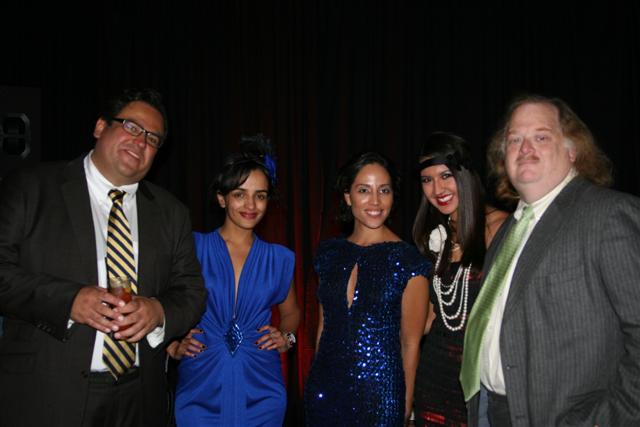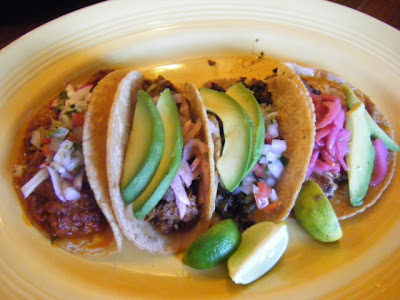Unbeknownst to many Angelenos, the East coast has been holding out on us. Philly, Jersey and New York all enjoy the wonder of Pizza Fries. Why didn’t we think of it? It seems so obvious now. I have hunted for Pizza Fries here in LA to no avail. Philly’s Best just poured Cheese Wiz on the fries, which made me very sad.
South Street on Victory in Burbank (the Westwood location is now closed, though they are sold at Dodger Stadium) doesn’t have Pizza Fries on the menu, but they do have a “top your own fries” option and are willing to go off the list and give you whatever you want. Finally, Pizza Fries are mine!
Local entertainment moguls Mitchell Goldman and Robert “Smitty” Smith used to commiserate over the lack of decent cheesesteaks in LA. They finally decided to stop complaining and open up South Street, which is admittedly authentic. Besides Philly steaks, pizza, and hoagies, they also sell “Water Ice”, a kind of Italian ice slushee, and Tastycakes.
The Amoroso rolls are flash-frozen in Philly and finished in South Street’s oven. They come out soft and a little chewy, just like in Philadelphia. They use rib-eye and chop the meat, two more of my criteria.
The only place they veer off the standard is that they use a blend of white American and Provolone. A strict Wiz vs. Provolone is the usual policy (Wiz is offered for an additional buck). But you can’t really taste the difference in the Provolone mix with the meat, onions and peppers fist-pumping in your mouth.
Share on Facebook


.jpg)

.jpg)
.jpg)
.jpg)
.jpg)
.jpg)





